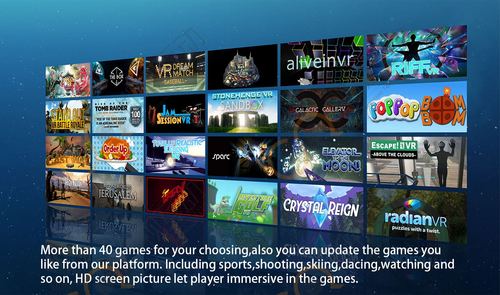Understanding the Concept
Have you ever wondered how games can earn money? The idea of making money through gaming is not just a pipe dream but a reality for many. Games earn money through various means, and in this article, we will explore these methods in detail.
Monetization Models
There are several monetization models that games use to earn money. Let’s take a closer look at each of them.

| Monetization Model | Description |
|---|---|
| Pay-to-Play | Players pay a one-time fee or a subscription to play the game. |
| Free-to-Play | Players can play the game for free, but in-game purchases are available. |
| Freemium | Players can play the game for free, with optional in-game purchases. |
| Advertising | Games earn money through ads displayed within the game. |
| Licensing | Games are sold to other companies for use in their products. |
Pay-to-Play
Pay-to-Play games require players to pay a one-time fee or a subscription to access the game. This model is often used for high-quality, exclusive games that offer a unique experience. Examples include The Witcher 3: Wild Hunt and Red Dead Redemption 2.
Free-to-Play
Free-to-Play games are available to play for free, but they often include in-game purchases. These purchases can range from cosmetic items to in-game currency or power-ups. Fortnite and Clash of Clans are popular examples of free-to-play games.
Freemium
Freemium games also offer a free version of the game, but with optional in-game purchases. These purchases are often used to unlock new features, levels, or content. Angry Birds and Clash Royale are popular freemium games.
Advertising
Advertising is another way games earn money. Advertisements can be displayed within the game, either as banners, videos, or interstitials. Temple Run and Subway Surfers are examples of games that use advertising to monetize.

Licensing
Licensing is when a game is sold to another company for use in their products. This can include video games, mobile games, or even board games. Monopoly and Scrabble are popular examples of games that have been licensed.
In-Game Purchases
In-game purchases are a significant source of revenue for many free-to-play and freemium games. These purchases can range from cosmetic items, such as skins or avatars, to in-game currency or power-ups. Some games even offer “loot boxes,” which are random boxes that players can purchase for a chance to win in-game items.
Microtransactions
Microtransactions are small purchases made within a game. These can include buying a new character, unlocking a new level, or purchasing in-game currency. Microtransactions are a popular way for games to earn money, as they allow players to spend as much or as little as they want.
Game Development Costs
Developing a game can be expensive. The costs include salaries for developers, artists, and designers, as well as marketing and distribution. To recoup these costs and make a profit, games often use monetization models like in-game purchases and advertising.
Conclusion
Games earn money through various means, including pay-to-play, free-to-play, freemium, advertising, licensing, in-game purchases, and microtransactions. Each model has its advantages and disadvantages, and developers must carefully choose the right monetization strategy for their game. Whether you’re a gamer or a game developer, understanding these monetization models can help you make informed decisions about your gaming experience or your game development career.


